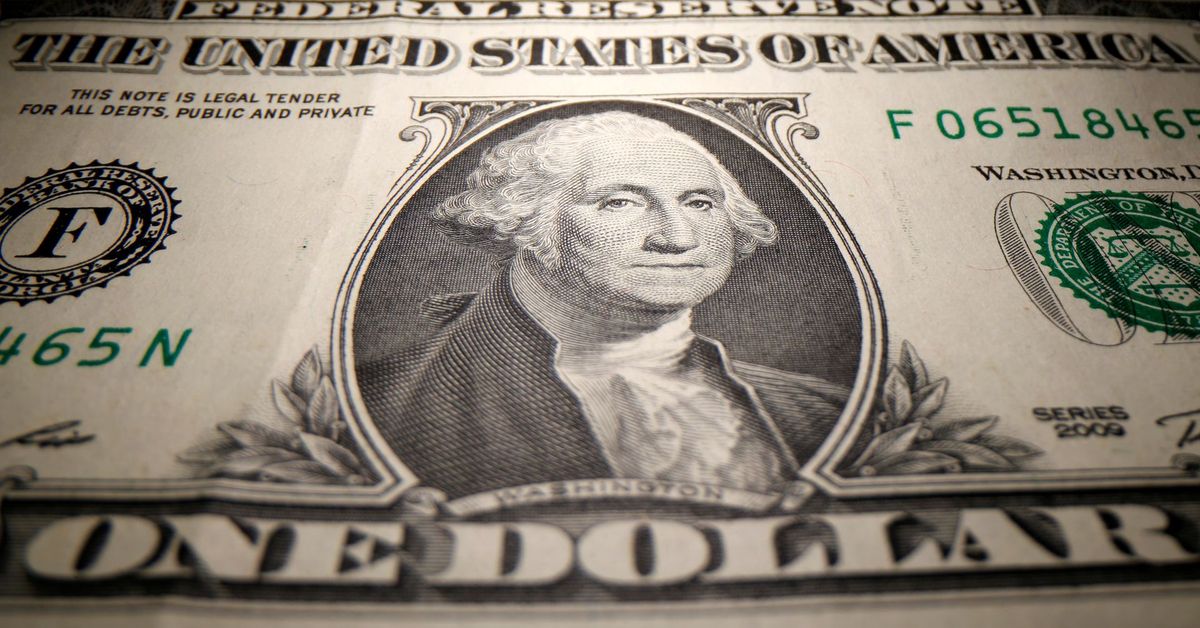What the price of lumber has to do with inflation, explained

A few minutes every morning is all you need.
Stay up to date on the world's Headlines and Human Stories. It's fun, it's factual, it's fluff-free.
Lumber’s one of those weird commodities that can tell you a lot more about the economy than it seems like it should. Nowhere is that more true than in the US. If there were a similar phrase to “the price of tea in China,” it would probably be, “the price of lumber in America.”
What’s going on with the price of lumber?
- Lumber prices began to rise at the beginning of 2021, just as vaccines started getting distributed throughout the United States and a sense of some sort of normalcy returned.
- Ralph Severson, the owner of a flooring company based in Louisville, Kentucky, told TMS that there were several factors that, in combination, worked to create a “perfect storm” for lumber prices.
- “First,” he said, “the pandemic caused millwrights, lumber yards, and the like to be operating on skeleton crews.” These crews were already small ones, still wounded from the 2008 financial crisis which caused the entire construction sector to have a slow, drawn out recovery.
- “Second,” he said, “working from home or being laid off resulted in many people evaluating their lives. This took the form of changing careers, moving cross-country, taking on many renovation projects, selling their homes, and purchasing new ones.” Basically, the demand for lumber went up in just about every way it can go up.
- Ultimately, as Severson explained, the supply of lumber plummeted as the demand for it skyrocketed. All of that created ideal conditions for the price of lumber to go up more than 260% over the past year, from US$460 per thousand board feet before the pandemic to US$1,686 in May.
What are the fears about inflation?
- Inflation is when the value of currency goes down because more of it gets printed. In the case of the US dollar, it isn’t necessarily about how much a dollar is worth (a dollar will always be worth a dollar), but about how much it’s worth compared to other currencies, like the euro, the yuan, or the ruble.
- For people who have investments in assets like real estate, inflation can be a good thing because it means the value of those assets goes up. But for those who have their investments in a bank account or a stock portfolio, inflation isn’t quite as good because it means that any growth is lessened because money is now worth less.
- All economies experience inflation and this isn’t an inherently bad thing. But what can turn it into a problem is if inflation rates get too high (so that whatever money investments make is lost because the value of that money is less) or – even worse – if these rates become totally unpredictable (so that no one can make sure their investments actually grow at a higher rate than inflation).
- During the pandemic, inflation unsurprisingly went up. It did this because interest rates on investments went way down because the economy wasn’t performing as well, meaning that money kept getting printed but wasn’t being given out to people.
- And with the trillions of dollars worth of new spending passed in the various relief packages, some have worried that printing so much new money would cause not just a temporary increase in inflation, but a long-term increase that might be less predictable.
What does inflation have to do with lumber?
- Lumber’s one of those weird commodities that can tell you a lot more about the economy than it seems like it should. Nowhere is that more true than in the US. If there were a similar phrase to “the price of tea in China,” it would probably be, “the price of lumber in America.”
- Some have pointed to the increase in the price of lumber as a sign that big federal spending could bring inflation to the highest levels since the 1980s, confirming the fears of those who were against the stimulus packages. In May, around the same time the price of lumber peaked, inflation reached 5%, the highest level in 13 years.
- But since May, the price of lumber has gone back down a bit, even if it still costs significantly more than it did before the pandemic. Some, including Federal Reserve Chair Jerome Powell, say that the price spike, followed by a price drop, is normal and something we might see more of as the demand for certain things and the supply of those things get back in sync.
- But as far as lumber is concerned, Ralph Severson told TMS that he doesn’t think the price will return to pre-pandemic levels, but will actually decrease even further. “Since everyone in the world has already performed their renovations,” he said, “I’m predicting that lumber will be lower than pre-pandemic prices this winter once construction slows for the season.”
- All told, it isn’t entirely clear yet where the price of lumber will end up. What is clear, though, is that it seems to be a bizarre marker of where inflation is nationwide.
Have a tip or story? Get in touch with our reporters at tips@themilsource.com




Comments ()